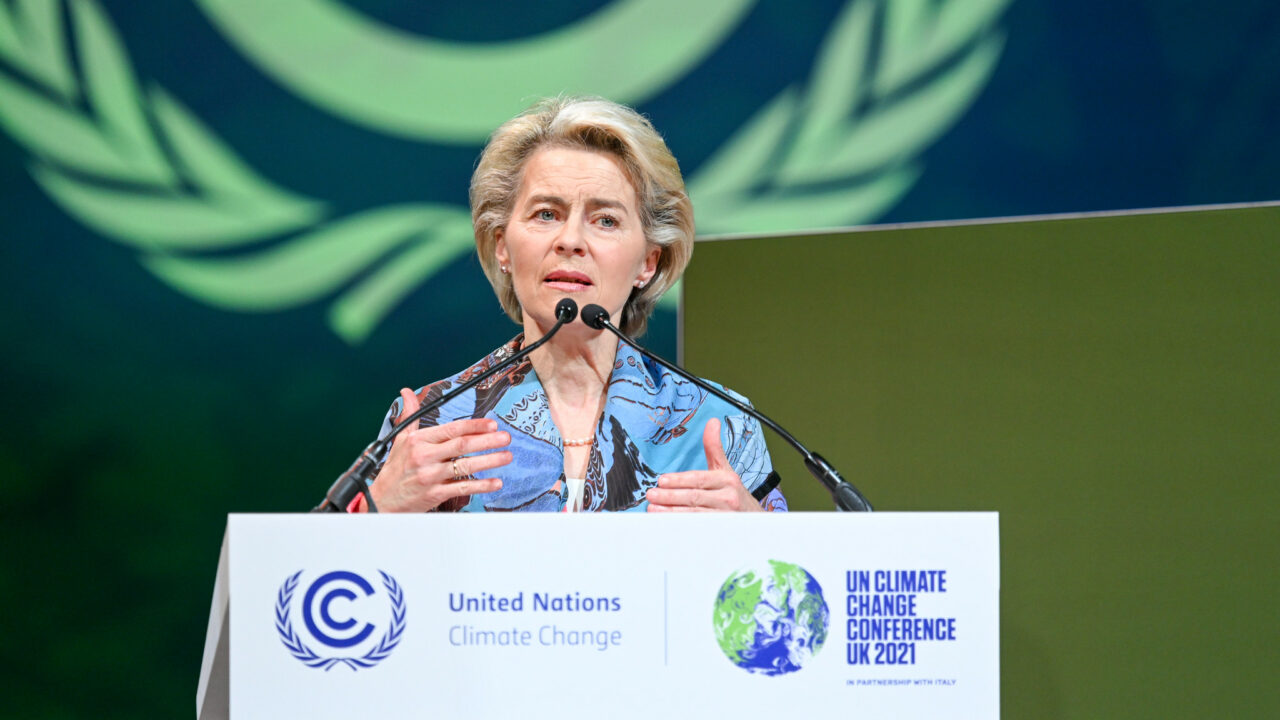
Thursday 18th September 2025

EU emissions targets delay will see the European Union miss a United Nations deadline to lodge its next round of emissions-cutting targets, after climate ministers failed to bridge differences over how steep the bloc’s 2035 and 2040 goals should be. The EU emissions targets delay weakens the EU’s claim to leadership as heads of state gather in New York next week and ahead of the COP30 summit in November.
Ministers are preparing a stop-gap “statement of intent” that sketches a 2035 emissions cut in a range around two-thirds to nearly three-quarters compared with 1990 levels, while a final number is pushed to an October leaders’ summit. The compromise underscores how energy security, industrial competitiveness and election-year pressures are reshaping the climate file in several capitals.
Germany, France and Poland argued that heads of government should weigh the broader economic trade-offs before locking a 2040 objective, stalling both the 2040 and 2035 targets that the European Commission sought to advance this month. Several countries—including the Czech Republic and Italy—question the feasibility of a 90% net emissions cut by 2040 that Brussels proposed earlier this year.
On the other side, Spain and Denmark urged ministers to move quickly, pointing to another summer of heatwaves and wildfires and the strategic case for cutting dependence on imported fossil fuels. A draft text seen by Reuters retains the ambition to submit a definitive 2035 target before COP30 in November.
Missing the end-September UN deadline hands ammunition to countries looking to slow-roll their own commitments. Analysts warn that if the EU—often the pace-setter at climate talks—arrives at COP30 without a settled pathway, it could depress the overall level of ambition in Belem. The EU emissions targets delay also risks blurring policy signals to investors racing to deploy capital in clean energy, grids, and heavy-industry decarbonization.
The EU’s climate regime already includes a legally binding 2030 framework and a suite of laws covering carbon pricing, car emissions, and renewables. But the post-2030 trajectory pits industrial policy against climate arithmetic: the push to reshore clean-tech manufacturing and to rearm has bumped into budget ceilings and voter sensitivity to costs. That context helps explain why some states want more time to vet the macroeconomic impacts of a 90% cut by 2040.
Ministers are expected to adopt the intent statement today, with leaders returning to the file in October. A final 2035 target could still arrive before COP30 in November, but the credibility cost of missing the UN deadline will be hard to unwind. Watch for language on industrial competitiveness, grid investment and just-transition funding as bargaining chips in the weeks ahead.


